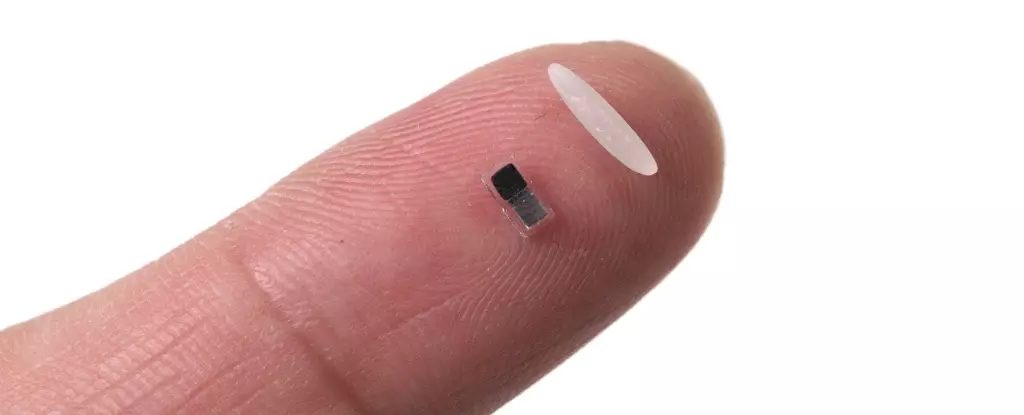In an era where technological advancements are rewriting the boundaries of medicine, a recent announcement has stirred excitement within the medical community. Researchers have introduced a remarkably minute wireless pacemaker that defies our traditional notions of medical devices, being smaller than a grain of rice. This miniature device, which can be injected and remotely controlled through light, stands to disrupt the way we think about treating heart conditions, particularly in vulnerable populations like infants with congenital heart defects.
The Motivation Behind the Marvel
The genesis of this innovative pacemaker stems from a poignant need to serve the one percent of children born with congenital heart defects who require temporary pacing following surgical interventions. Current methods necessitate invasive procedures, where electrodes are sewn onto heart muscles, subsequently connected to external devices. These techniques not only pose risks, including potential damage during removal but also increase recovery times and discomfort for patients. By addressing these issues, the new pacemaker aims to minimize surgical procedures while also promoting swifter recovery—an endeavor that could fundamentally change pediatric cardiac care.
How It Works: A Dance of Light and Electricity
At the heart of this design is an intricate pairing of optics and biochemistry. The pacemaker is controlled through a soft patch affixed to the patient’s chest that monitors heart rhythms. When irregularities arise, the patch emits light signals, instructing the microscale pacemaker to provide electric pulses to correct their heartbeat. This methodology illustrates a brilliant integration of technology and biology, ensuring that patients receive timely and necessary interventions without the trauma of invasive surgery. Moreover, the pacemaker harnesses a galvanic cell, converting the body’s fluids into the very electricity that sets the heart in motion, showcasing an intimate synergy between the device and the human body.
Promising Results from Animal Trials
Excitement surrounding the device is further bolstered by successful trials conducted on a variety of animals, including mice, rats, pigs, and dogs. These trials have not only demonstrated the effectiveness of the device in maintaining normal heartbeat rhythms but have also paved the way for future human applications. With the prospect of human trials on the horizon, expected in just a couple of years, the excitement among the research community is palpable. Senior author John Rogers from Northwestern University has expressed his optimism about seeing this technology reach patients, emphasizing the transformative potential it holds for treating heart conditions.
Implications Beyond Cardiology
The intrigue surrounding this new pacemaker transcends cardiac applications, as it opens doors to an array of medical innovations. Experts like Bozhi Tian have urged that the technology could revolutionize treatments beyond cardiology, potentially aiding advances in nerve regeneration, wound healing, and creating smart implants. This adaptability heralds a future where personalized medicine is not merely an aspiration but an imminent reality, giving rise to solutions tailored to individual health conditions.
The Future Landscape of Heart Health Technologies
As heart disease continues to reign as the leading cause of mortality worldwide, innovations like this wireless pacemaker hold unprecedented significance. The looming prospect of merging bioengineering with personalized healthcare could inhibit the progression of heart disease factors significantly, propelling us toward a future where heart-related ailments are managed with precision and minimal discomfort. Furthermore, as we pave the way for rapid advancements in bioelectronic medicine, this could catalyze a domino effect that redefines healthcare protocols entirely.
Utilizing cutting-edge technology in conjunction with a deep understanding of human physiology, this development represents not just an innovation but a potential lifeline for many. The untapped horizons of health solutions beckon, and it is thrilling to contemplate the transformational change that innovations like the world’s tiniest pacemaker might bring, not just to cardiology but to medicine at large.

